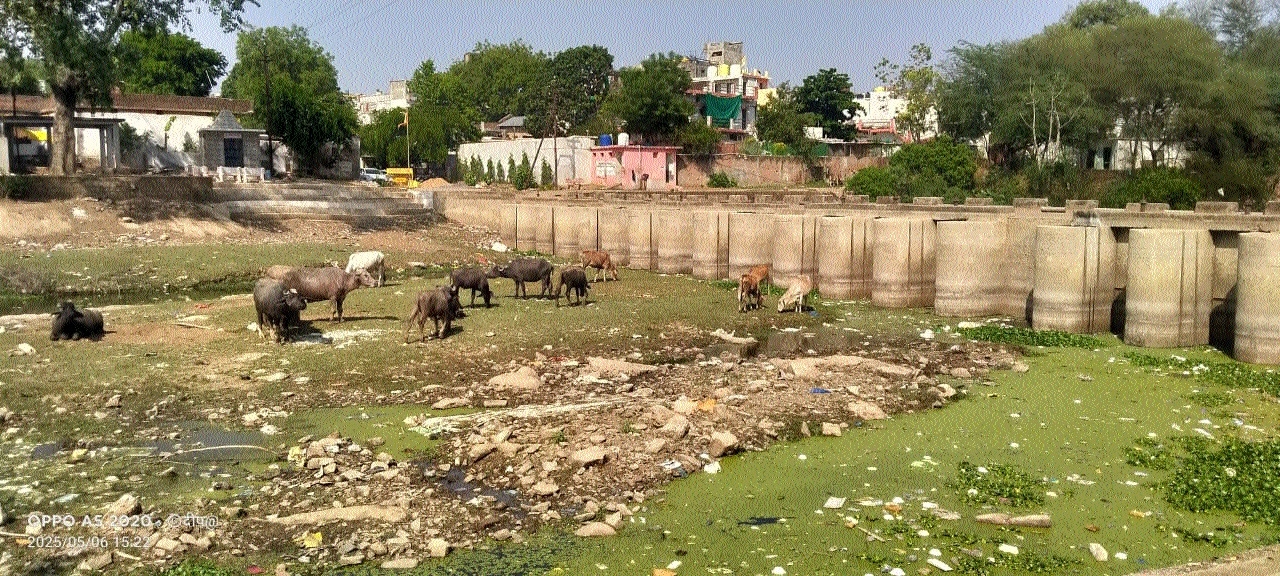Khairagarh’s lifelines run dry Water crisis looms as rivers choke on neglect
| Date :09-May-2025 |

Our Correspondent
KHAIRAGARH,
THE onset of summer has laid bare the deepening water crisis in Khairagarh, as the town’s three lifeline rivers—Amner, Pipariya and Muska—have dried up completely. Once the natural reservoirs supporting the city's water level and daily needs, these rivers today are reduced to
polluted channels carrying only sewage and silt, leaving residents and cattle alike struggling for clean water.
Despite the construction of three anicuts to retain water during dry spells, alleged administrative apathy has left them poorly maintained and ineffective. As the temperature rises, the water retention systems have failed to serve their purpose, with all three rivers running dry even before peak summer. Amner, the primary river feeding the town, typically shrinks after the monsoon but retains some water into the early summer.
Pipariya and Muska have historically carried better water stocks even during winter. However, this year, the absence of pre-summer maintenance and conservation efforts has pushed all three rivers to the brink, triggering a severe water crisis in both urban and rural areas.
The situation is exacerbated by unchecked inflow of wastewater. The Amner River has become a drainage line for effluents from Turkaripara, Itwaribazar, Kilapara, and Amlipara wards. Similarly, Pipariya receives polluted discharge from Ganjipara, Lalpur Mongra, Raj Family, Barethpara, Thakurpara, Dharampura and Kilapara areas. Muska River bears the brunt of drainage from Dauchoura and Ambedkar wards. The contaminated state of these rivers has deteriorated to such an extent that even cattle now refuse to drink the water.
In recent years, the Rashmi Devi Reservoir has been used to release water into Pipariya during acute shortages, but that too is limited and irregular.
With no alternative systems in place to replenish the rivers, the town remains on the edge of a prolonged water crisis.
Years ago, campaigns for river deepening and plantation were launched to conserve these water bodies.
However, those efforts fizzled out over time. The deepening drive became a commercial venture, and plantation activities were seasonal at best. No long-term strategy for river rejuvenation has taken root.
With daily-use water fast disappearing and livestock facing acute distress, the need for a comprehensive river conservation strategy has never been more urgent. Experts stress the need for scientific restoration of riverbeds, routine maintenance of anicuts, sewage diversion, and revival of community-led conservation practices.
When contacted, Naresh Verma, Chief Municipal Officer, Khairagarh said, “The gates of the anicuts built on the Amner and Muska rivers were damaged during last year’s floods, resulting in water leakage. The Water Resources Department has been informed of the issue through an official letter. Repair and restoration work on both anicuts will be carried out once the budget is allocated.”
However, the town’s survival hinges on restoring these rivers. If swift action is not taken, Khairagarh may soon face a full-blown water emergency.